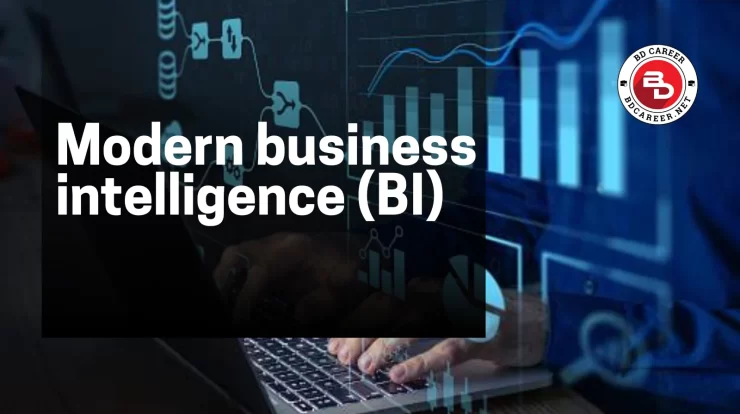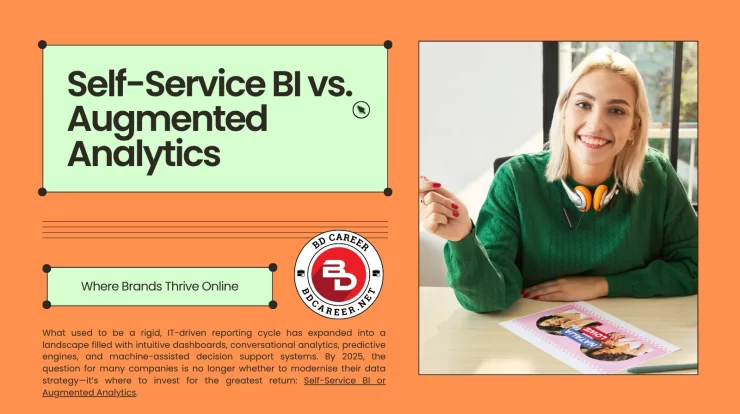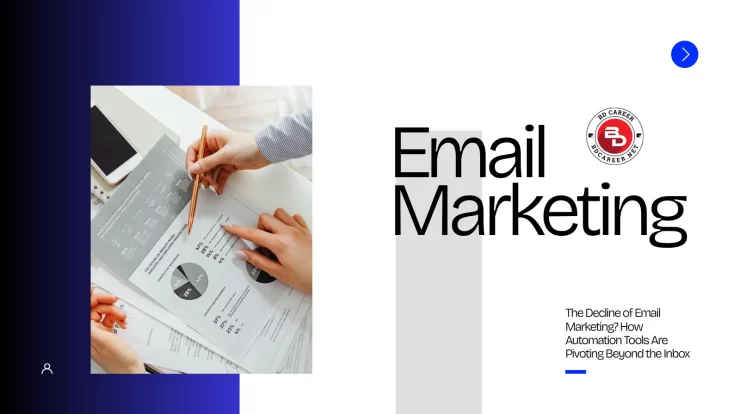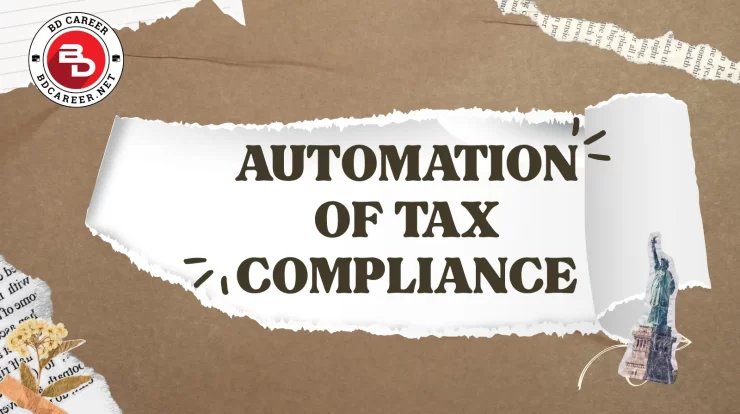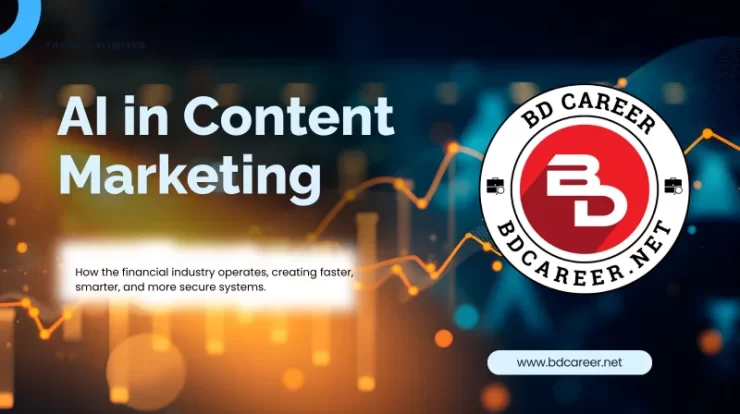
Most people glaze over the second they hear “Business Process Management.” It sounds like something pulled straight out of a consulting deck, dry, abstract, maybe even a little soul-crushing. But here’s the thing: BPM, at its core, is just about how work gets done and how teams talk to each other, how stuff moves through an organisation without getting stuck.
Emails vanish into black holes, approvals get bottlenecked, and customers get angry when things don’t go well. Everyone experiences the chaos that follows. The whole machine slows down.
Now throw AI into the mix. Suddenly, those rigid flowcharts and dusty manuals don’t stand a chance. AI doesn’t just “help” BPM, it flips the whole script. Instead of designing processes that feel like rules carved in stone, you end up with living, breathing workflows that can actually adapt on the fly. Sounds a little sci-fi, right? But it’s happening. Right now.
Contents
The Evolution of BPM
Before we get too starry-eyed, let’s rewind a bit. Traditional BPM was all about control. Document everything. Define every rule. Keep people (and processes) in line.
And for a while, that made sense. If you were a bank in the 90s, you wanted predictability. No surprises. Everyone followed the playbook. But the downside? You couldn’t pivot. If a customer had a weird request that didn’t fit the boxes, the process broke. Someone had to jump in, override the system, and pray they didn’t violate some obscure policy.
I actually remember working with a company years ago (a big one, let’s just say with more cubicles than windows) where updating a single process, just adding an extra approval step, took three months. Three! By the time they rolled it out, the original problem had changed. Classic case of “the cure was slower than the disease.”
That’s the weakness of old-school BPM: it’s efficient until the world changes. And spoiler alert, the world always changes.

The Rise of AI in Workflow Design
AI doesn’t care about your old rulebook. It doesn’t need every possible scenario spelt out. It just learns. It finds patterns in the mess of data that humans either miss or don’t have time to analyse.
A few examples:
- Predictive analytics: Instead of waiting for a bottleneck, AI can whisper, “Hey, heads up, your supply chain’s about to choke next week.” That’s powerful.
- NLP (Natural Language Processing): Suddenly, all that messy data, emails, chat logs, and surveys become usable. AI can “read” and act on it.
- Machine learning: The more the system runs, the smarter it gets. It adjusts without a human babysitter.
Think customer service. Old BPM would say, ‘If it’s billing, send it here.’ If it’s technical, send it there. Done. AI says: This customer sounds frustrated. Last time they called about issue X, and they tend to respond better to Agent Y. Let’s do that. And it works.
That’s the difference between reactive and proactive processes.
Intelligent Automation and BPM Integration
Of course, AI alone isn’t enough. You need the hands to go with the brain. That’s where intelligent automation comes in: AI plus RPA (robotic process automation) plus orchestration.
Here’s an easy example: employee onboarding. Traditionally? It’s paperwork, IT account setup, maybe some generic training videos. Boring.
But with AI + automation:
- The system looks at the employee’s role, background, and even preferred learning style.
- Training modules are personalised. Equipment is ordered automatically.
- RPA bots set up accounts while you sip your coffee.
- If something changes (for example, the role shifts mid-onboarding), the workflow adjusts accordingly.
It’s like going from a one-size-fits-all checklist to a Spotify playlist tailored, adaptive, and way more engaging.
Redefining Enterprise Workflow Design
Here’s where it gets really wild. With AI in the mix, the very way we think about workflows changes.
Old BPM asked: How do we design a process that covers all possible cases?
AI-driven BPM asks: How do we design a process that can handle cases we haven’t even thought of yet?
That’s a big shift. Suddenly, workflows are:
- Outcome-focused: less about “step A, B, C” and more about “what’s the best way to get to goal Z?”
- Self-optimising: they learn, tweak, and evolve on their own, like a plant leaning toward sunlight.
- Real-time aware: not just showing you a dashboard of what went wrong yesterday, but fixing things as they break.
It’s like going from driving with a paper map to having Google Maps with live traffic updates. Except Google Maps is also rewriting the roads in real time to make your trip smoother.

Key Benefits for Enterprises
So what’s the payoff? Plenty.
- Speed. No more waiting weeks for approvals or rerouting. AI makes instant decisions.
- Fewer mistakes. Humans are great, but we get tired, distracted, or cranky. AI doesn’t.
- Personalization. Customers don’t want cookie-cutter experiences anymore. AI lets you scale personalisation without hiring an army.
- Lower costs. Faster + fewer errors = cheaper. That’s simple.
- Compliance. AI can monitor every action in real time, flagging anything sketchy before regulators come knocking.
I’ve seen some companies cut operational costs by 20% just by layering AI into existing BPM systems. And no, that doesn’t mean mass layoffs, it usually means people get to focus on creative or strategic work instead of chasing signatures.
Challenges & Risks
Now, I’d be lying if I said it’s all sunshine. There are real hurdles.
- Data privacy. AI feeds on data. Lots of it. And when it’s customer data, the stakes get high fast. Mishandle it, and trust evaporates.
- Over-automation. Ever gotten stuck in an endless loop with a chatbot? Yeah. Too much automation can kill the human touch.
- Legacy systems. Big organisations still run on software older than some of their interns. Plugging AI into that spaghetti mess? Not easy.
- Cultural resistance. People don’t love change. Some fear AI means their jobs will disappear. Others just don’t trust “the algorithm.”
So, success isn’t just about technology. It’s about change management, communication, and building trust in the system.
The Future of BPM in the Age of AI
If today feels like a leap, the next decade’s gonna feel like warp speed.
- Hyperautomation: AI + RPA + digital twins (virtual models of business processes) working together.
- Autonomous processes: Workflows that basically run themselves, with humans just nudging the steering wheel when needed.
- AI as a co-designer: Imagine AI proposing new workflows you didn’t even think about. “Hey, based on the last six months, here’s a better way to handle claims processing.” Wild, right?
The future isn’t BPM as we know it. It’s BPM as an evolving organism, learning and adapting along with the business.
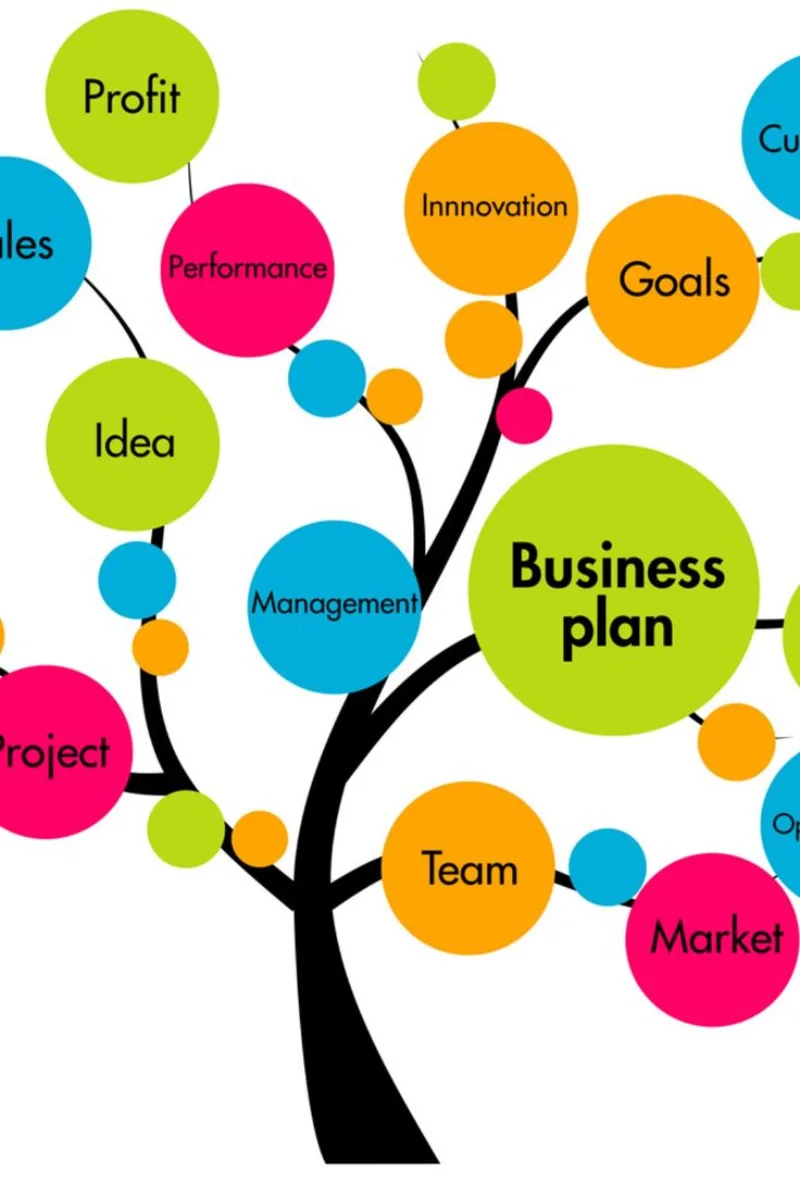
Conclusion
So, when AI meets BPM, it’s not just a small upgrade. It’s a whole new way of thinking about work. Processes stop being these rigid, soul-sucking flowcharts and start becoming flexible, adaptive systems that actually make sense in a chaotic world.
Old BPM was like following a recipe line by line. AI-driven Business Process Management is like having a master chef in the kitchen who can swap ingredients, adjust seasoning, and improvise based on what’s fresh. The goal’s the same, a great meal, but the execution is smarter, faster, and a whole lot tastier. Companies that get this right aren’t just keeping up, they’re building the muscle to handle whatever comes next. And if the last few years have taught us anything, it’s that “whatever comes next” can be unpredictable, messy, and fast.
